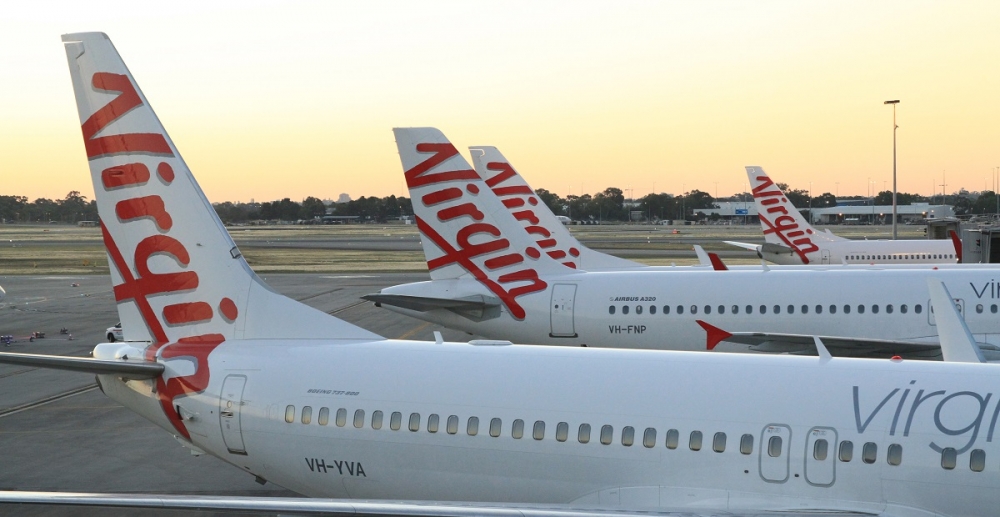Virgin Australia has swung back into the red in the first quarter of 2017 as it faced the same subdued conditions in the Australian domestic market that have affected Qantas.
Australia’s second biggest carrier reported net loss for the quarter of $A34.6m, including the impact of restructuring charges under the group’s Better Business program. It’s underlying pre-tax loss was $A3.6m.
Virgin is disproportionately affected by a lack-lustre domestic market because that is where most of its flying takes place.
The airline said the cost-cutting program was already generating savings, expected to increase to $300 million per year by the end of the 2019 financial year, and it was actively managing capacity in response to the trading environment.
“During the quarter, total available seat kilometres declined 0.5 per cent and total sectors flown declined 2.3 per cent on the prior corresponding period,’’ it said. ”The Group will continue to exercise disciplined capacity management in line with trading conditions.’’
The update showed group passenger numbers increased by 4.8 per cent and the airline’s revenue load factor increased by 2 percentage points, while costs fell.
The group has about 90 per cent of its fuel consumption hedged in the current financial year and said it had boosted its hedging program for fiscal 2018 to take advantage of lower fuel prices and protect against future increases.
“The Group continues to drive structural change in its cost base through ongoing cost-saving activities and new efficiency initiatives under the Better Business program,’’ it said. “This includes the fleet simplification programme and organisational rightsizing.’’
Traffic statistics revealed domestic passenger numbers were up 3.9 per cent with capacity growth flat at 0.6 per cent and the load factor up 2.9 pts.
Changes to services to Bali and a refurbishment program for the airline’s Boeing 777s saw passenger numbers tumble 8.6 per cent with passenger loads unchanged.
Tigerair Australia passenger numbers rose 18.6 per cent on the previous year and load factors rose 2.8 points.
























